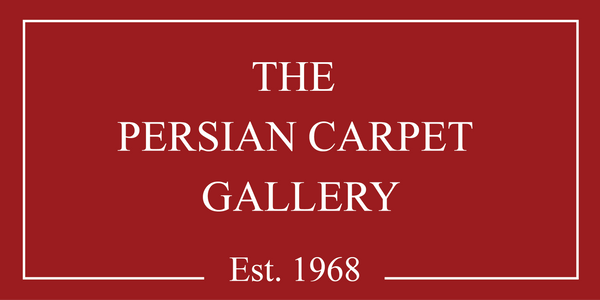Blogs
The National Gallery of Art, Washington, D.C. The Medallion and Animal Rug
Originating from North-West Persia in the mid-16th century, this exquisite Safavid-era carpet is a testament to Persian artistry. Measuring 427 x 229 cm, it features a high knot density of approximately 300,000 knots per square meter, woven with wool and cotton.
The design centers on a symmetrical medallion adorned with cloud bands, surrounded by intricate depictions of animals—some real, others mythical, like deer-dragon hybrids. Floral and arabesque motifs enrich the design, while the wide border frames the piece with elaborate patterns.
Renowned for its craftsmanship and detail, this carpet exemplifies the Safavid golden age, where rugs symbolized status and refinement. Now part of the National Gallery of Art, Washington, D.C., it remains a stunning cultural artifact and a masterpiece of Persian textile artistry.
Medallion and Arabesque Carpet
This Persian medallion carpet, attributed to Tabriz in the 17th century, is a masterpiece of craftsmanship housed in the Metropolitan Museum of Art, New York. Measuring 802 x 412 cm, it features a dense knotting of 620,000 knots per square meter, with a cotton warp, silk weft, and wool pile.
The central design showcases a circular medallion flanked by cartouches and arabesques, surrounded by slender, flower-adorned branches. Stylized red tulip-like flowers, "cloud-band" motifs (tchi), and vibrant peacocks add life and color to the field. The triple-bordered frame includes spiraling branches and stylized flowers, combining elegance and intricate detail.
A gift from the Kress Foundation, this carpet is a stunning example of Persian artistry, celebrated for its extraordinary beauty and technical mastery.
“Garden” Carpet: A Masterpiece of Persian Artistry
The “Garden” carpet, originating from northwest Persia in the early 16th century, is the earliest known example of the garden design. Likely crafted in Heriz, it features a vibrant layout of canals with fish, ducks, medallions adorned with birds, deer, and blossoms, all framed by a floral border. Woven with wool, cotton, and silk, it boasts intricate craftsmanship with 307,200 knots per square meter. This historic masterpiece, once part of the Figdor Collection, now resides in the Österreichisches Museum für angewandte Kunst in Vienna.
Materials Used in Persian Carpets
The extraordinary quality of Persian carpets begins with the fine, supple fleece of Persian sheep, famously known as "oily sheep" due to their fatty skin. This unique wool, prized for its exceptional strength and durability, is primarily used for the pile of the carpet and occasionally for the warp and weft. The pile is typically crafted from two single threads twisted together to create a strong two-strand structure, ensuring longevity and resilience.





